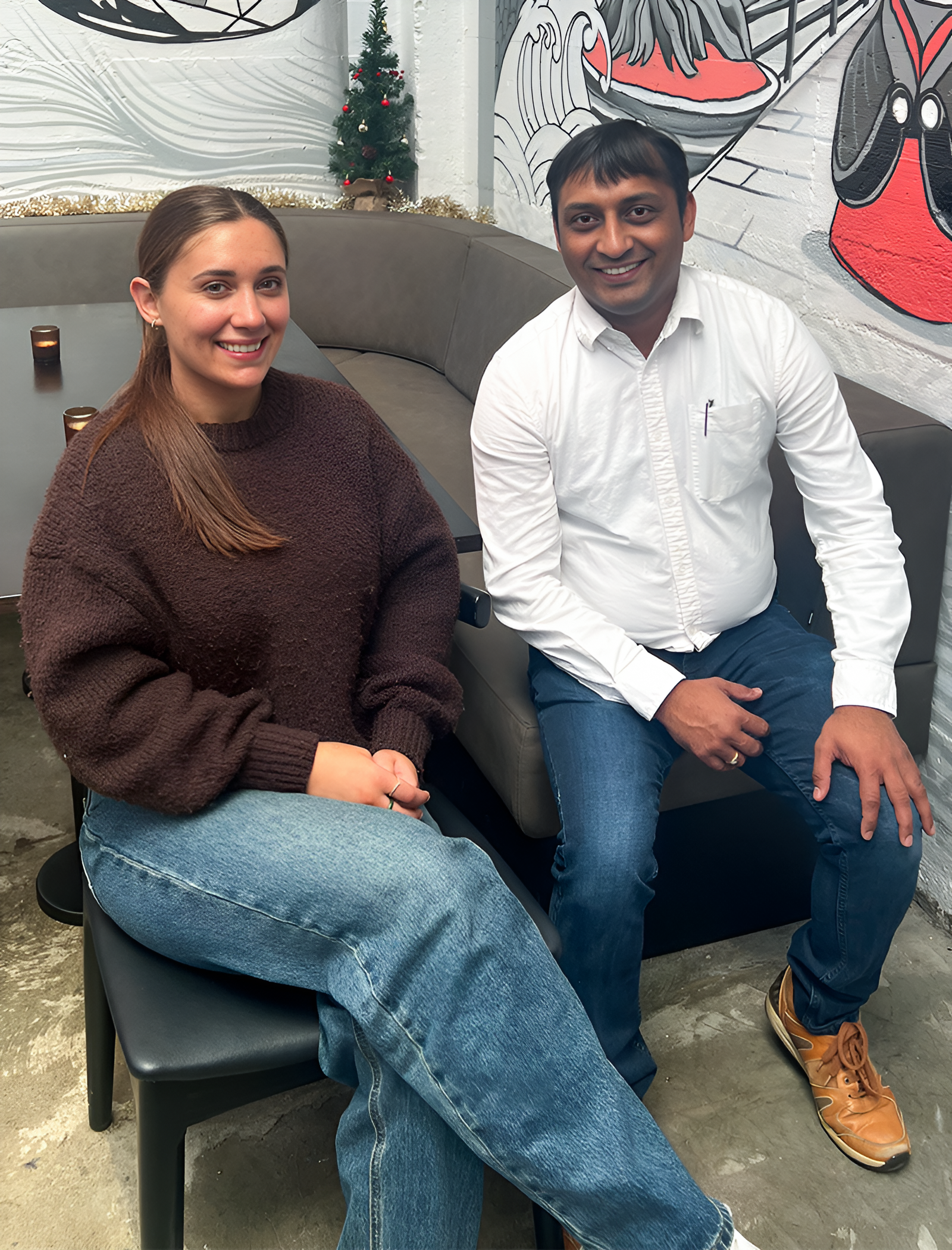Your cart is currently empty!
Remanufacture
Instead of creating something new from scratch, remanufacturing focuses on extending the lifespan of structures and conserving value by giving existing components a second chance, reducing waste and making the most of the resources we already have.
This isn’t just good for the environment; it also makes economic sense by squeezing more use out of materials that might otherwise go to waste.
Our research is focused on how this concept can be applied to steel and construction. Exploring how we can innovate in component reuse and reconfiguration, make products and structures more durable and resilient to reduce the need for repair and associated maintenance costs, and retrofit buildings that no longer meet today’s standards, to give them a fresh lease on life.
Our projects
Component innovation
Connection design for composite timber-steel structures.
This research is linked to our ACM CRC funded project – a groundbreaking $250 million program under Australian Composites Manufacturing CRC initiative, which is driving engineering excellence, intelligent automation and advanced technology implementation.
The focus of this ranghau is to leverage technologies to optimise the assembly and disassembly of structural elements in alignment with circular design principles. This will not only improve waste control and environmental protection but also minimise damage to existing structural elements (through optimised connection design) and potentially create a new way of constructing infrastructure through the re-use of old structural elements from demolished buildings.

Resilience and durability innovation
Extending the life of structures beyond the standard 50-100 years.
We carry out a range of research projects that are focused on building resilience in structures across Aotearoa in corrosion, seismic, structural fire, brittle fracture and welded connections. We want to balance climate resilience and durability and enable the design of durable long-life structures.
In terms of corrosion – we have developed a GIS model covering the whole of Aotearoa with shapefiles of the corrosion categories. This is based on Table 2 from TS3404 overlaid on the more general dataset that has been developed by NIWA and HERA and used for the maps in TS3404.
This tool enables users to search by address and determine the corrosion classification based on Table 2 and identify how close a site is to the boundary of a corrosion classification (which may require more in-depth investigation before allocating a classification).
This mahi has improved the specification of steel coatings for the correct macroclimate corrosion zone improving durability for steel construction in Aotearoa.
Retrofitting innovation
Giving new life to old structures.
A distinctive application of steel is the delivery of resilience through retrofitting old earthquake prone (and non-compliant buildings). These buildings are given a second life through retrofit of seismic steel reinforcing.
This research is linked to our ROBUST building systems project which is exploring how friction structures respond in earthquakes. Friction within the connections dissipates the earthquake energy entering the structure. This is different from conventional systems, which generally rely on the yielding of steel. In these cases, the shaking elements damaged by yielding likely need replacement, but with frictional structures, the building can be reinstated with much less effort and cost.



